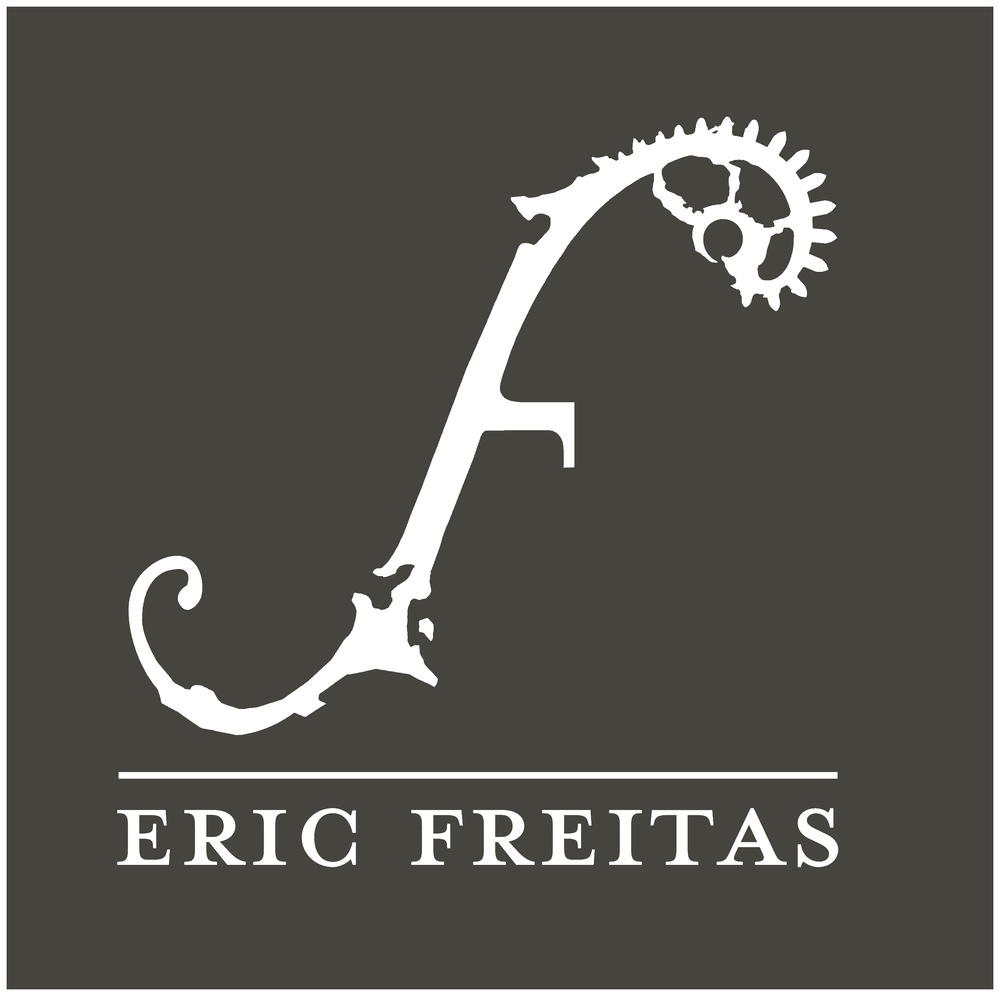The escapement is finished!
I still need to test and tweak a few things. Most noticeably the counterbalance of the lift arm, to which I’ve squished a piece of putty to temporarily test the weight, and watch the escapement tick. Very accurate engineering technique ;)
The lift arm (at least that’s what I call it) is the one on the left with the little crutch that engages with the pins. Each tick, that arm gets lifted up and sits in place with potential energy, waiting for the pendulum to unlock it. The heavier that arm is, the more energy is given to the pendulum each swing, but it also means that more energy is required to lift it up. When things are geared-up as much as a clock, the tiniest bit of energy on the escapement end of the gear train can equate to a ton of weight on the other end. The pendulum only needs a tiny tiny push to keep swinging. It has very little friction, and plenty of inertia. For that reason, when I design this style of escapement (called an arnfield gravity escapement) I extend an arm on the other side, and thread it for screws. I can vary the size/weight of the screws until the lift arm effectively weighs very little.
The lock arm (the other one) is the same principle. In order for the lightweight lift arm to be able to bump the lock arm and release the escape wheel, it also needs to weight almost nothing. Right now it’s actually working without any screws for counterweight, but I’ll eventually add a little one so that you can basically breathe on it and it will unlock.
It’s really good to have this part finished. Now it’s on to the back plate & the mounting bracket. Then I should be able to mount the clock on the wall and get it ticking under it’s own power.
